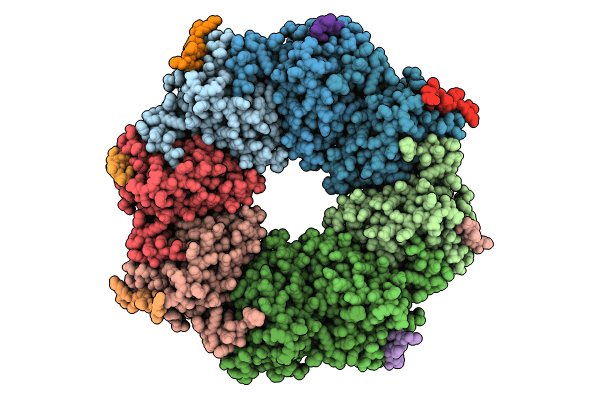
Deposition Date
2023-11-05
Release Date
2023-11-22
Last Version Date
2024-12-04
Method Details:
Experimental Method:
Resolution:
3.45 Å
R-Value Free:
0.30
R-Value Work:
0.26
R-Value Observed:
0.26
Space Group:
P 41 2 2


